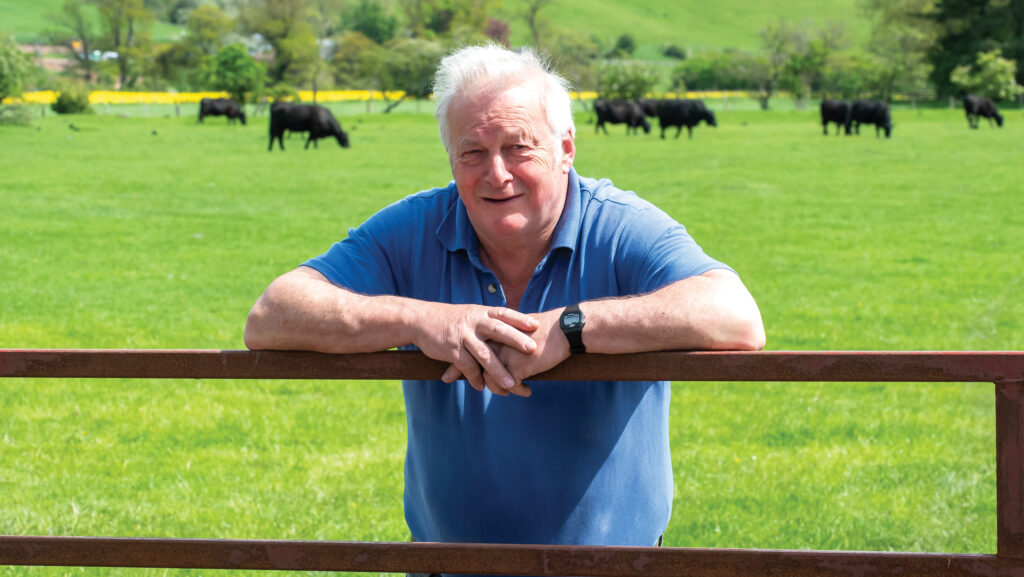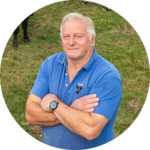Farmer Focus: Reviewing the figures now calving is over
 © Angus Findlay
© Angus Findlay At long last, calving has finished. Not our best season, nor our worst by any means.
We put 430 cows and heifers to the bull (for 12 weeks), of which 383 cows and heifers scanned in-calf.
We had 14 cows and heifers produce dead calves, and two cows and heifers not in-calf. Currently, we have 374 living calves (eight died), meaning 87% calves reared to cows put to the bull.
See also: Why calving ease should be suckler herd priority
This figure, I believe, is almost 10% better than the national average of calves weaned for every 100 cows to the bull.
Interestingly, there is much debate regarding a 410-day calving interval for calves to qualify for the Scottish Beef Calf Scheme.
According to the My Herd Stats within ScotEID, our herd average calving interval is 359 days. Which begs the question: why does our industry use genetics that appear to be sub-fertile?
Our bulls will be out for nine weeks this season, changing every three weeks.
Last year we had one bull that was semen tested with good results, but never left a calf. This didn’t help our production, hence rotating bulls every three weeks.
This year, our artificial insemination programme (for 96 head) has featured both North American and Australian genetics, which have been selected for functionality.
We aim to produce living calves without human assistance, with 300kg carcasses at 18 months from grass and forage. They may not be the fashionable show ring types, but they suit our farming system.
Since my last article I have been to the Royal Highland Show, where some of you might have heard my commentary, and the Royal Norfolk Show, where I was judging.
Speaking with various people at these events, there was a consensus that we farmers must greatly improve how we get our messages across regarding food production and the benefits of farming to the environment.
We need to go beyond our farmgates and engage with the public, as well as politicians.
I’m looking forward to the Border Union Show at Kelso (26-27 July) where we will be hosting the Aberdeen Angus National Show.
Hopefully, the weather will be greatly improved on the past four weeks. We still hope to make hay.

